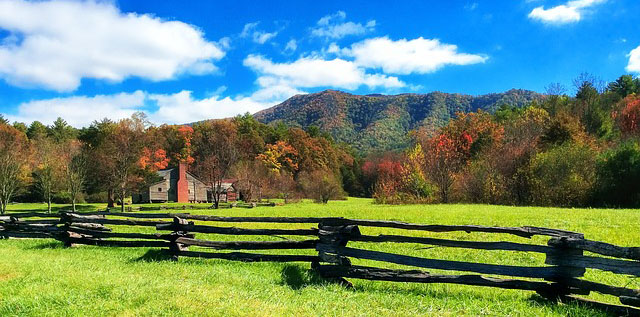
America's First Fences
If you have spent time exploring the backwoods of eastern America, then there's a chance you have stumbled across a rambling string of ancient looking timbers like the photo above.
These zig-zagging chains of split timber were America's first fences, and this kind of fencing is known as split-rail or snake fence.
While it might strike you as an odd method of construction, three factors made it the ideal fencing style for the American pioneers as they pushed into the deep frontier.
First, the treacherous and unpredictable terrain of the countryside demanded a fence that did not need to be in a straight line. Snake fence could easily be built around the landscape of the forest without having to alter it by creating clear paths.
The second reason was a lack of metal fasteners. It's something that we take for granted today, but the pioneers had very little metal to use in their construction. So their fences, just like their barns, had to be constructed without the use of metal fasteners.
The third and most important reason was the abundance of the now-extinct American Chestnut tree. Nearly a quarter of all trees in the Eastern United States were Chestnuts, and Chestnut timber just so happened to be rot-resistant and easy to split.
Despite the rot-resistance of the Chestnut, finding an old snake fence today is still a rarity. In addition to being ideal fence wood, it was also perfect firewood and almost all of the early American split-rail fences were burned up in the camp fires of the Civil War.
So should you ever find one, take a moment and appreciate that it is not only the remnant of an extinct tree species, but also a survivor of the Civil War.
Who knew fences could be so interesting?